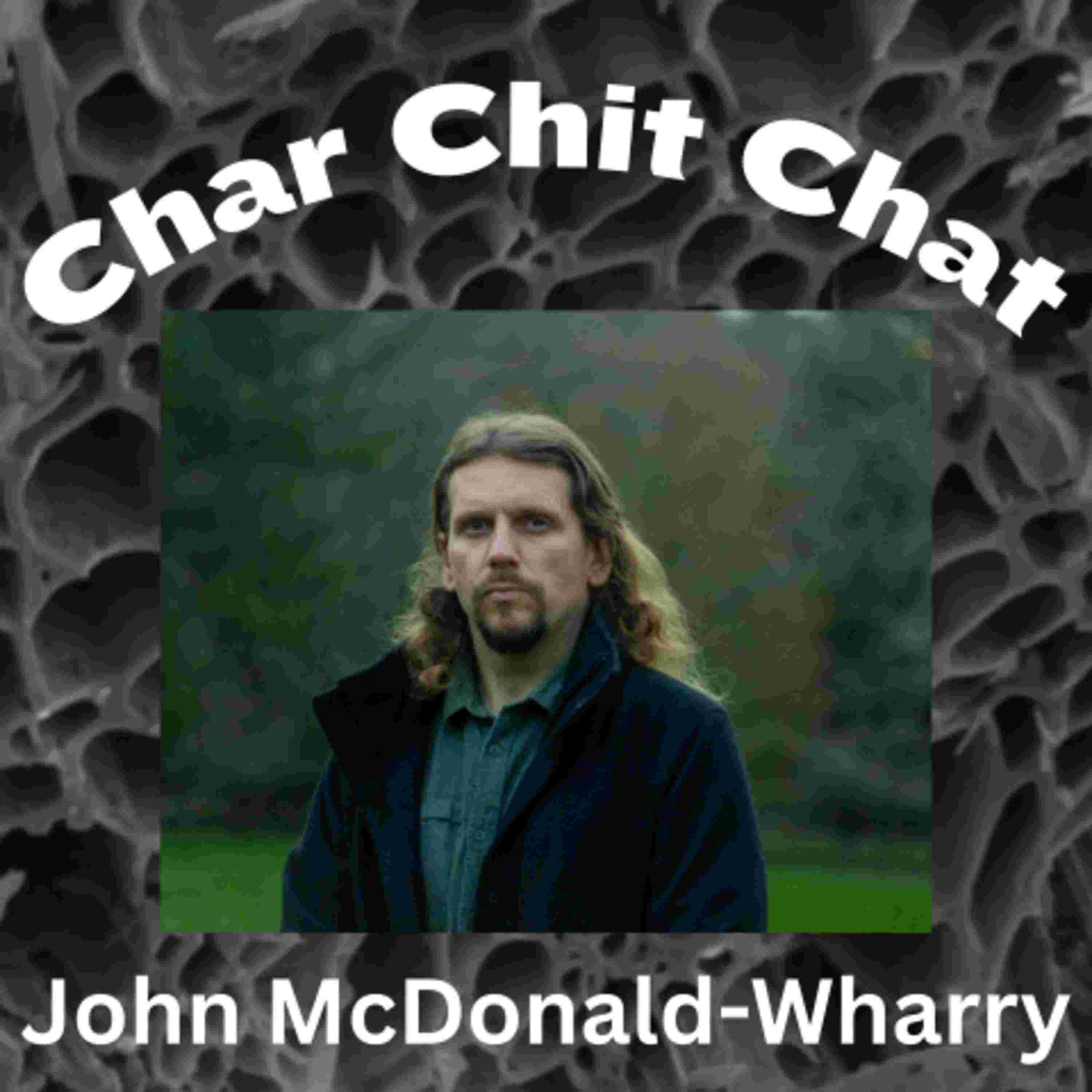

John is a researcher and academic so it was great to hear his perspective and explanations of biochar knowledge that he has gained from doing a PhD tackling 3 aspects of biochar; investigating how biochar changes on a molecular level at different carbonisation temperatures, quality testing protocol development, and composite materials innovation.
Ket takeaways for me:
1. Higher temperature pyrolysis (600-800 degrees C) gives higher surface area biochar which is better for soil.
2. Biology influences biochar on the microscale and chemistry influences biochar on the nanoscale.
3. Higher temperature pyrolysis (above 620 degrees C) gives biochar that is electrically conductive (for use in EMF blocking composites)
John is now a free lance consultant helping people and companies in biochar production development and improvement. He also has been a BNNZ committee member since its inception and offers his scientific knowledge to the organisation free of charge.